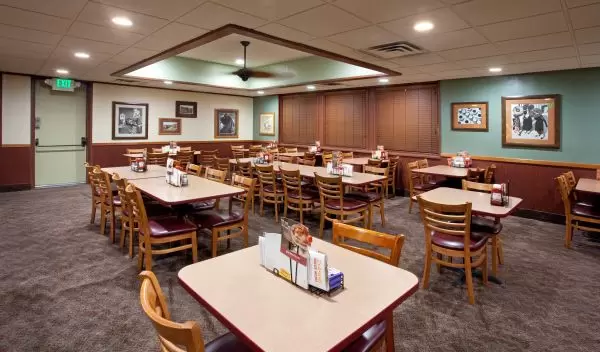
Alternative LED Lighting Combats Energy Crisis
Alternative lighting is emerging as a potent method to combat the energy crisis. Light-emitting diode (LED) lighting technologies could provide an innovative way to save energy and make wasteful lighting obsolete.
Cree LED Lighting is manufacturing such a technology in Durham, N.C. Cree focuses on the production of LED lighting, power and communications devices, all of which are supported by advancements in silicon carbide semiconductor technology.
Silicon carbide chips are more durable and perform better than traditional silicon semiconductors. Cree discovered these properties of carbide chips while working with the University of Arkansas in 2001 on a grant from the National Science Foundation (NSF). The company designed computer modeling methods to simulate silicon carbide semiconductors under extreme conditions. Cree then supported research on a 2007 NSF grant awarded to LT Technologies. This Small Business Innovation Research (SBIR) project develops microwave technology to rapidly process silicon carbide semiconductors.
LEDing the way
Although Cree's work led to semiconductor applications for power and radio technology, Cree's most successful products to date are LED lights using the company's silicon carbide semiconductors.
If LED lights are widely adopted, the potential impact on national energy consumption could be enormous. "On average, LED lighting can save up to 85 percent of the electricity used by incandescent bulbs, since most of the energy emitted from those lights is converted to heat instead of light," said Michelle Murray, director of communications at Cree. "For fluorescents, depending on whether you compare LED lighting to compact fluorescents or fluorescent tube lighting, LEDs can save between 20 and 50 percent of the energy used by those lighting sources."
In addition to LED lighting's energy benefits, it holds mechanical advantages over standard fluorescent and incandescent lights.
"LEDs do not have fragile filaments like incandescent bulbs, or special gases inside, like fluorescents," said Murray.
The best choice
The filaments in most incandescent bulbs not only limit each bulb's life, but they can generate large amounts of waste heat. Fluorescent bulbs are more efficient than incandescent bulbs, but contain potentially harmful mercury. When fluorescent bulbs expire, the toxic mercury has to be properly managed in order to protect both human health and the environment.
"Any lighting system is only as good as its weakest part," said Murray. "So good quality solid-state lighting [like LED-based bulbs] has a system-level design approach--the LEDs, the optics, the driver and the thermals are all optimized for their specific application. This allows LED lighting to last for years--even decades."
LED lights are not given a lifetime based on failure, like incandescent or fluorescent bulbs. Instead, LED lights are considered in need of replacement when they only provide 70 percent of their original efficacy. The LED technology developed by Cree is engineered to last a minimum of 50,000 hours before requiring replacement.
Failing fluorescents
Fluorescent bulbs are given an estimated lifetime based upon the failure rate of the bulb: After 40,000 hours of use, 50 percent of fluorescent lights will have broken and will require replacement. According to the DOE Caliper 9 Summary Report, because of that high failure rate, some fluorescent bulbs are advertised at a more practical lifetime of 24,000 hours--less than half the lifetime of a silicon carbide semiconductor-based LED.
In June 2011, President Barack Obama visited Cree to tour the company's Durham manufacturing facilities as well as meet with the Jobs and Competitiveness Council to discuss the direction of American business. The president highlighted Cree technology as a driving force in leading a clean energy revolution and aiding American manufacturing, but LED lighting is still not yet a familiar technology to the public.
"Awareness is the biggest challenge," Murray said. "Awareness about how to buy good quality LED lighting products, and awareness that they already are on the market."
Murray also highlights challenges in educating the public to understand the up-front cost of LED lighting versus the potential payback over the life of a fixture. Initially, LED lights cost more than fluorescent and incandescent bulbs, but the savings in energy and bulb replacement typically pay for the LED's higher cost over time.
--Jacob Gersh, DOE ARPA-E, jdgersh@gmail.com
This Behind the Scenes article was provided to LiveScience in partnership with the National Science Foundation.


